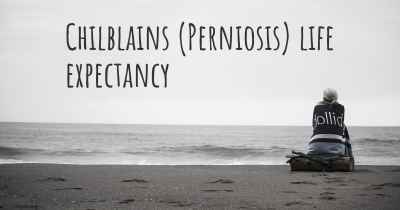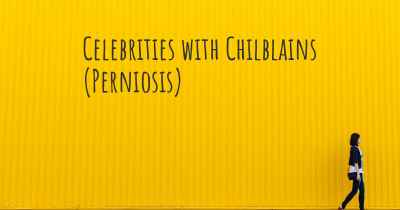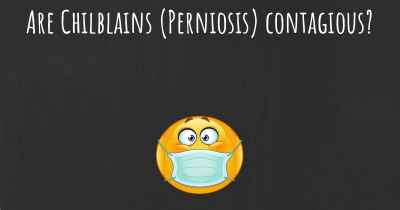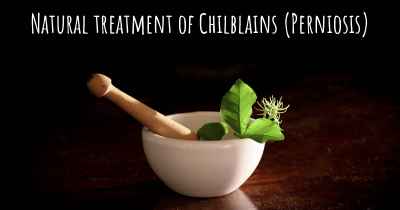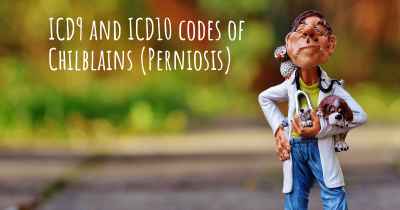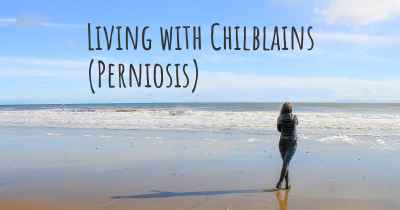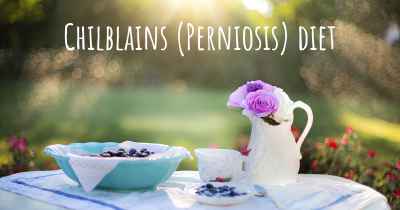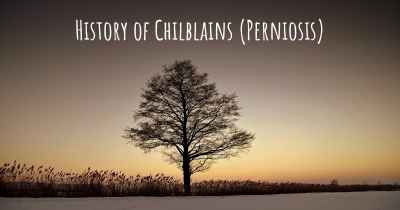Are Chilblains (Perniosis) hereditary?
Here you can see if Chilblains (Perniosis) can be hereditary. Do you have any genetic components? Does any member of your family have Chilblains (Perniosis) or may be more predisposed to developing the condition?
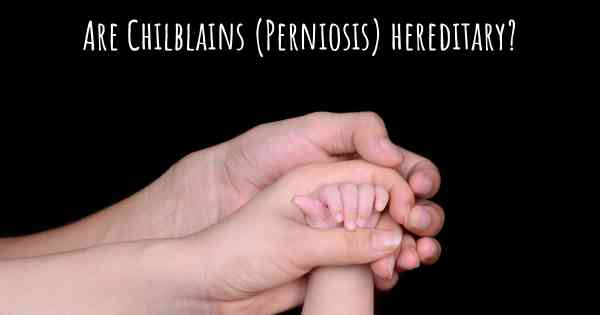
Chilblains (Perniosis) are not typically considered hereditary. They are a localized inflammatory response to cold temperatures, affecting the skin's small blood vessels. Chilblains can occur in individuals with poor circulation or those who are more sensitive to cold. While there may be a genetic predisposition to certain factors that contribute to chilblains, such as poor circulation, the condition itself is not directly inherited.
Chilblains, also known as perniosis, are a condition characterized by small, itchy, red or purple bumps that appear on the skin, typically on the toes, fingers, ears, or nose. They are caused by an abnormal reaction of the blood vessels in response to cold temperatures. While chilblains can be uncomfortable and bothersome, they are generally not considered a serious medical condition.
The development of chilblains is primarily influenced by environmental factors, such as exposure to cold and damp conditions. However, there is some evidence to suggest that there may be a genetic predisposition to developing chilblains. Research has shown that certain individuals may have a heightened sensitivity to cold temperatures due to genetic variations that affect blood vessel function and immune responses.
It is important to note that having a genetic predisposition to chilblains does not guarantee that an individual will develop the condition. Other factors, such as lifestyle choices and overall health, also play a role in determining susceptibility. For example, individuals with poor circulation, a weakened immune system, or a history of chilblains may be more prone to developing the condition, regardless of their genetic makeup.
While further research is needed to fully understand the genetic factors involved in chilblains, it is clear that both genetic and environmental factors contribute to the development of this condition. If you are concerned about chilblains or have a family history of the condition, it is advisable to take preventive measures, such as keeping extremities warm, avoiding sudden temperature changes, and maintaining good overall health.
